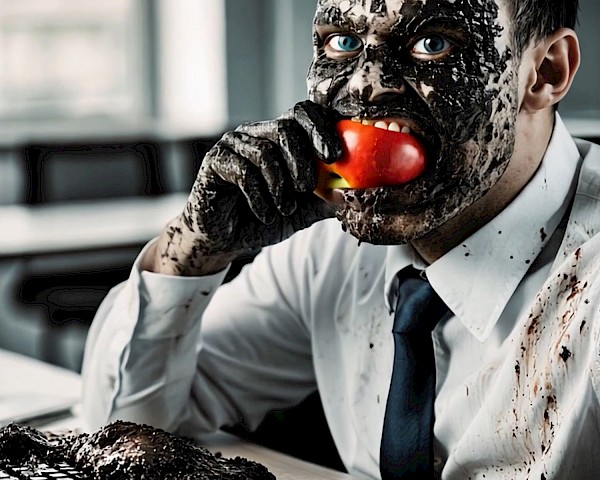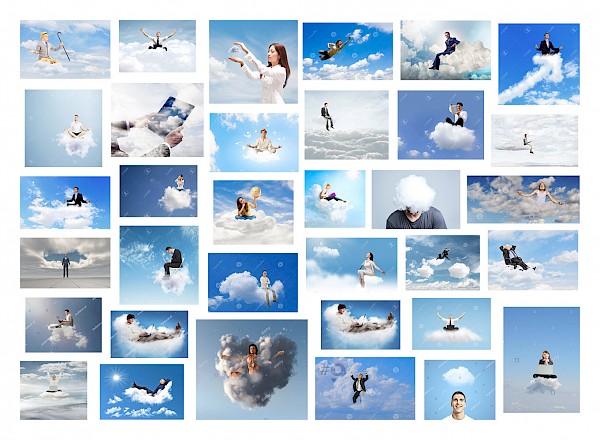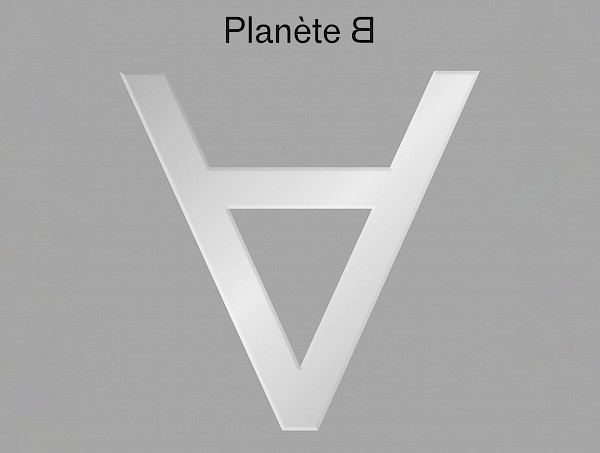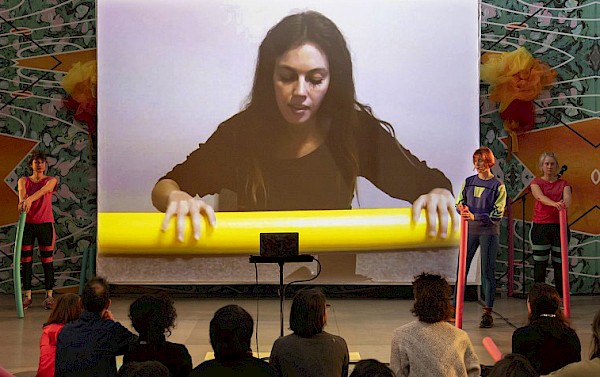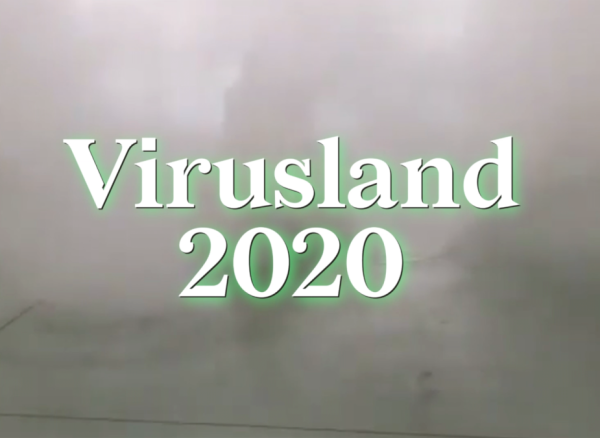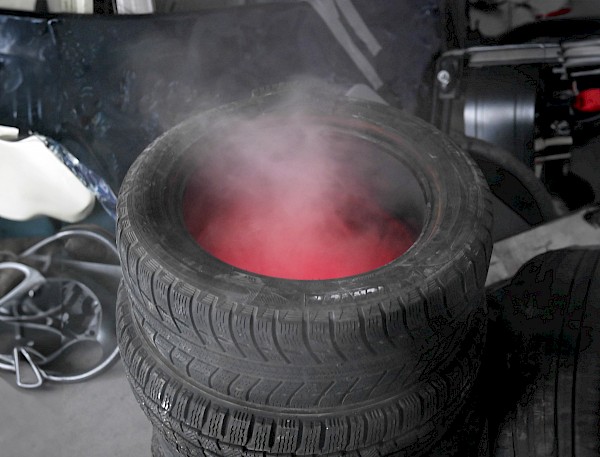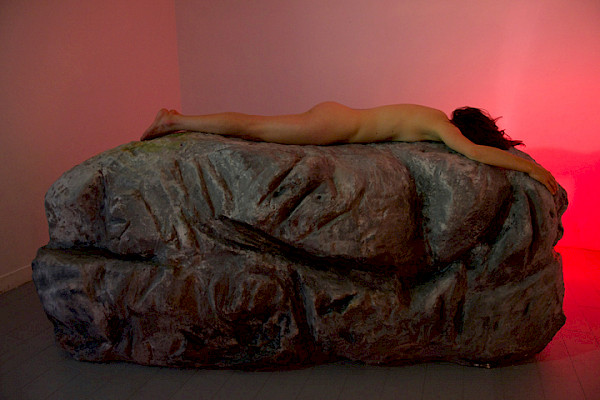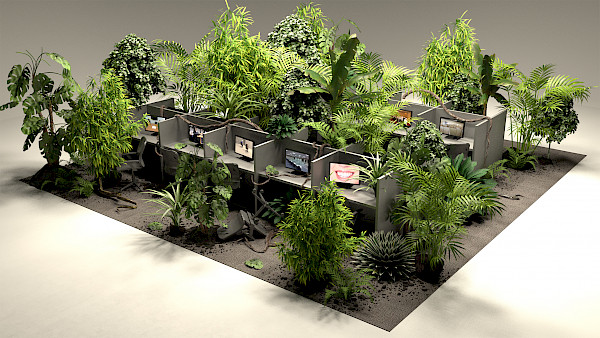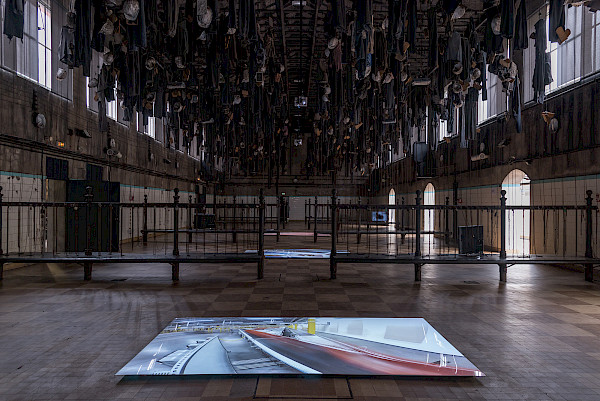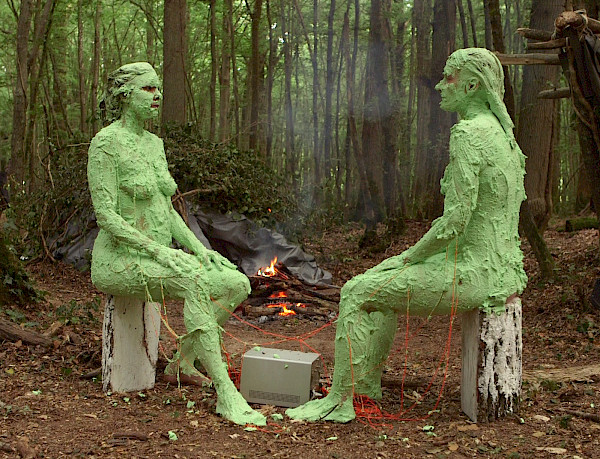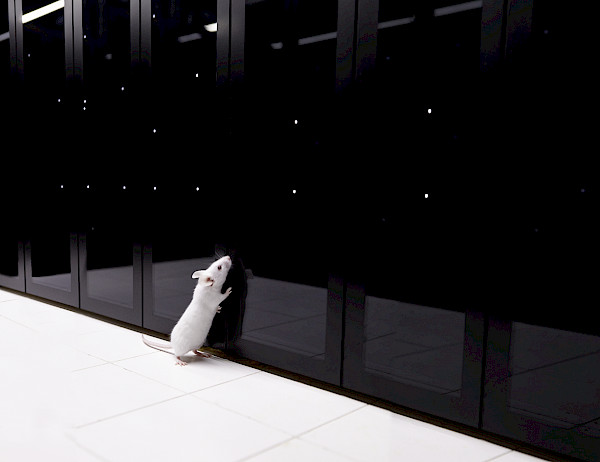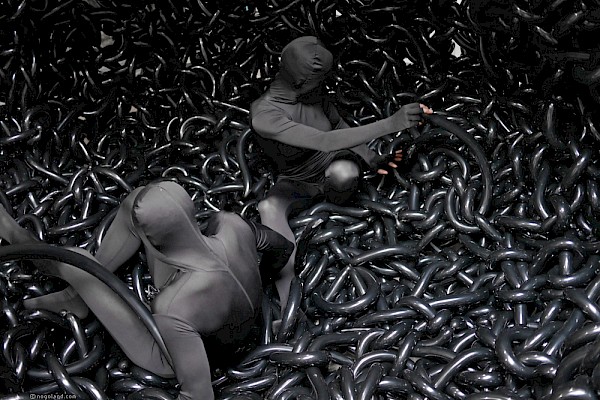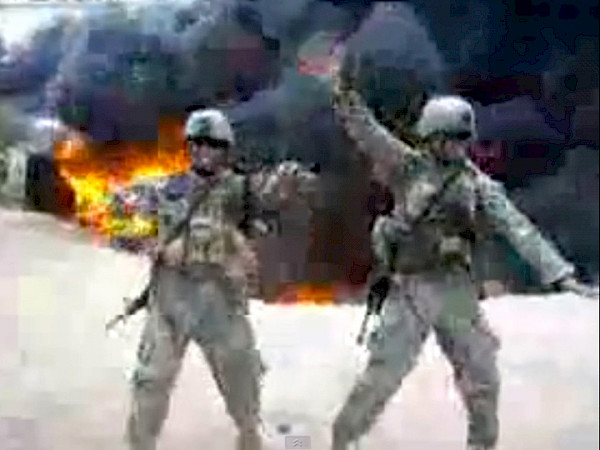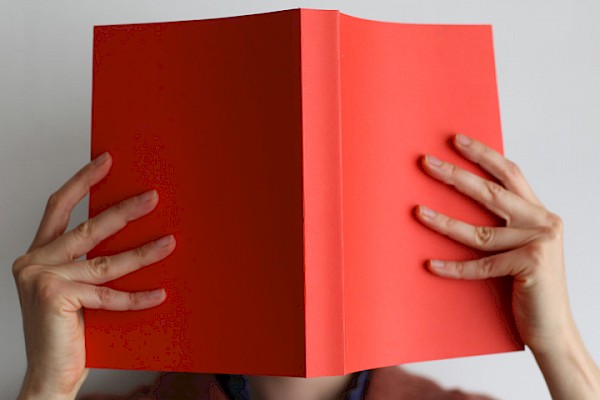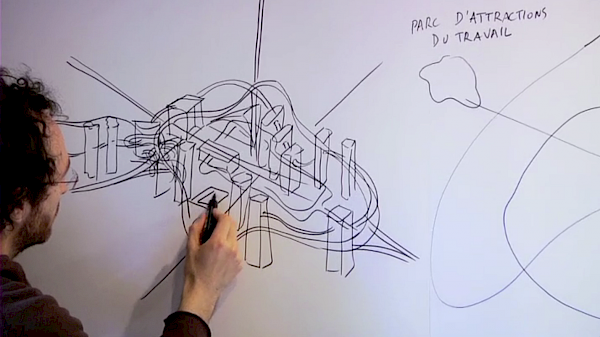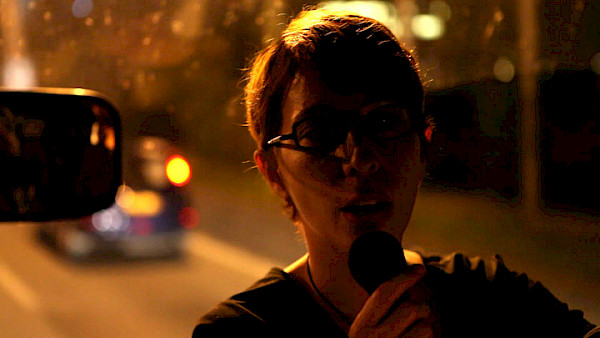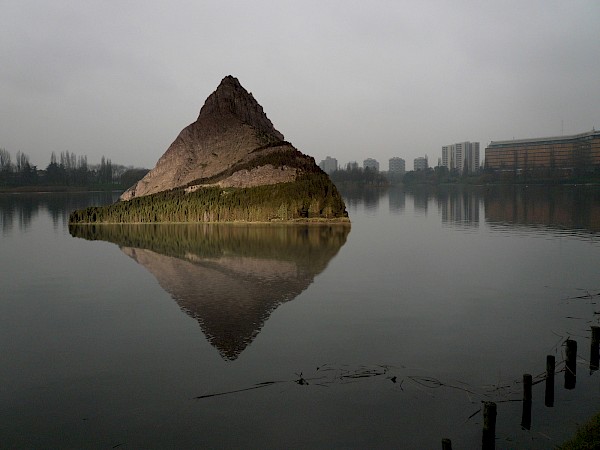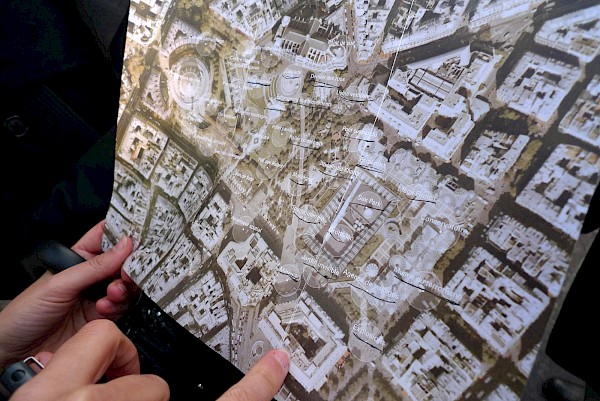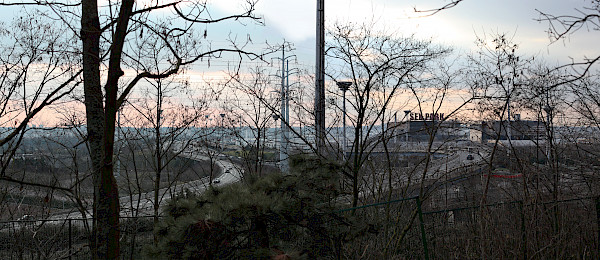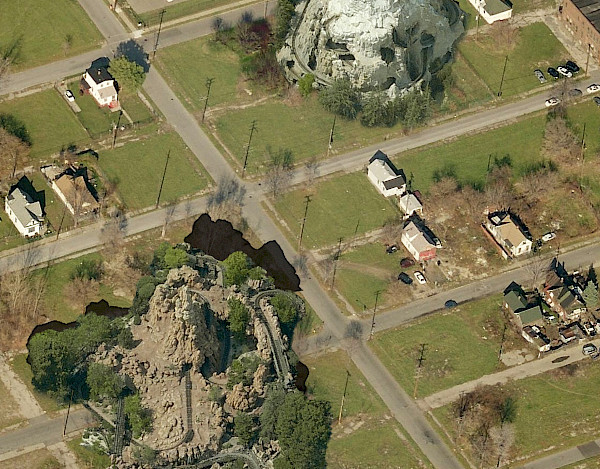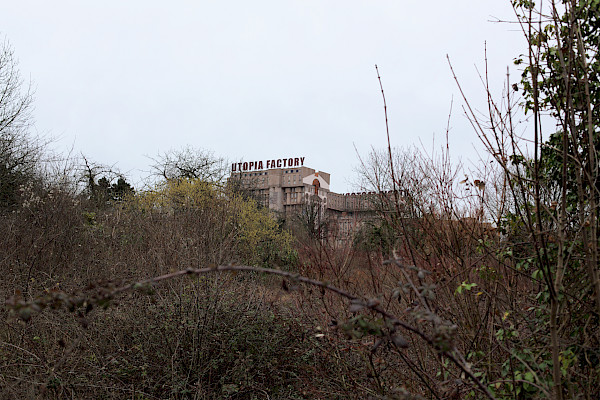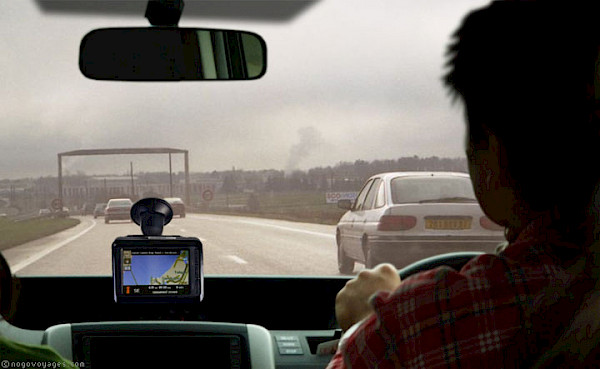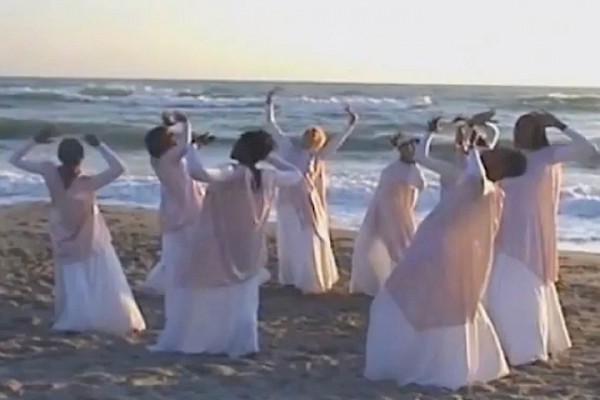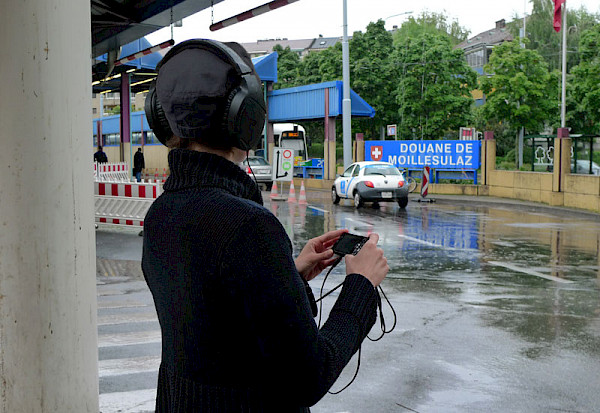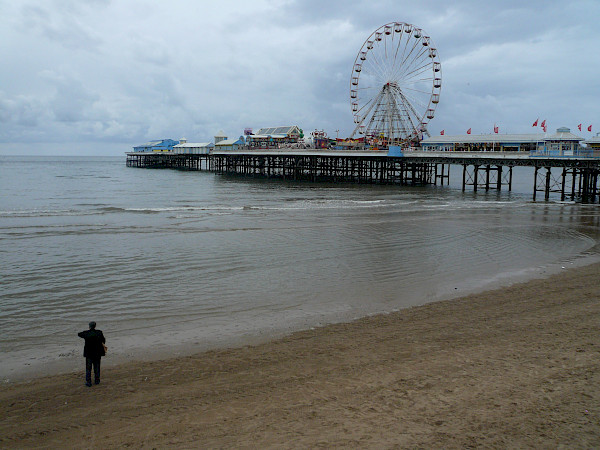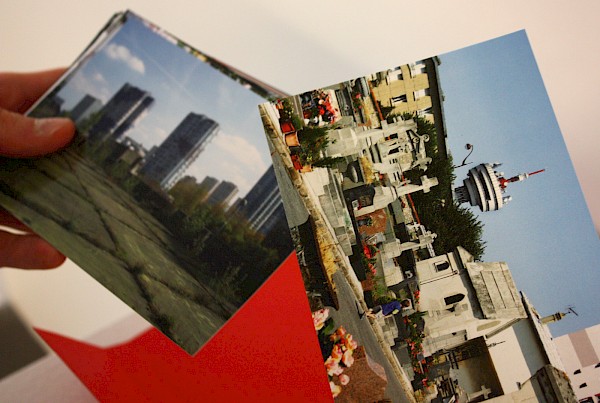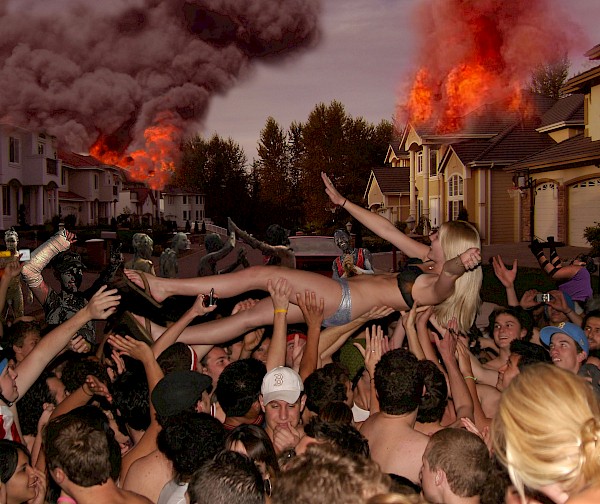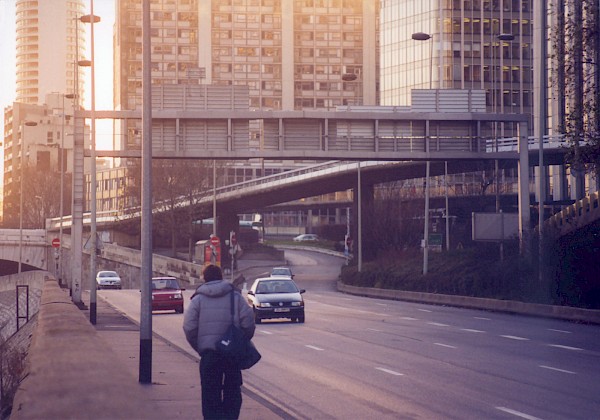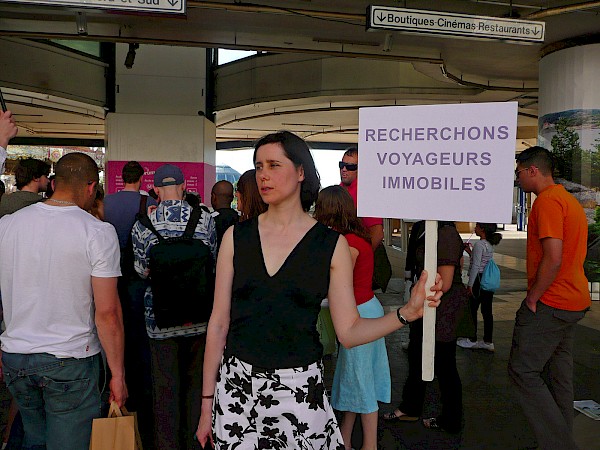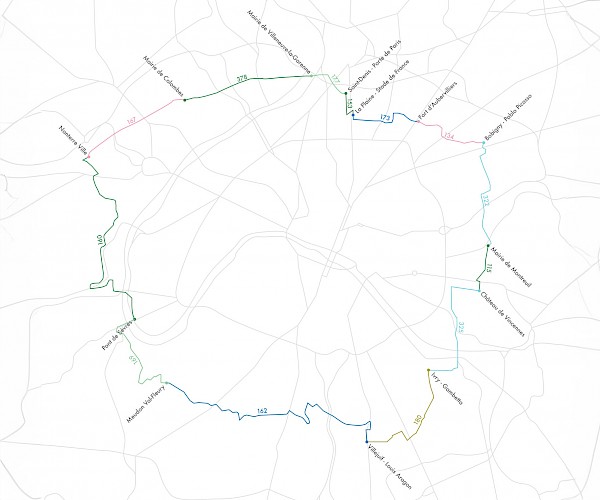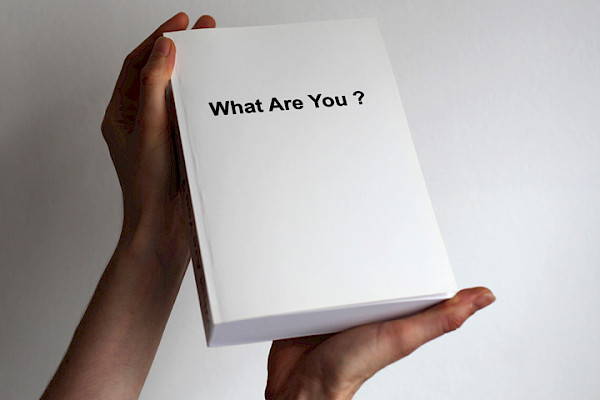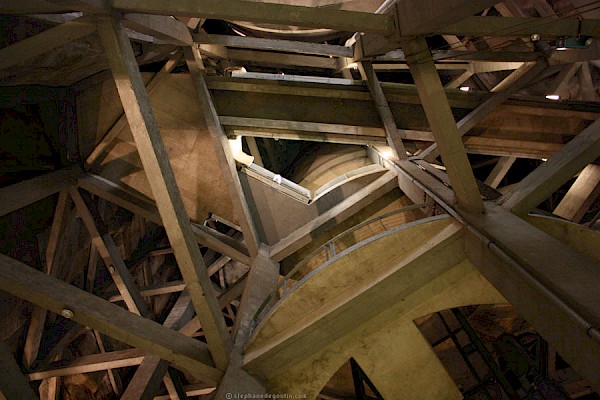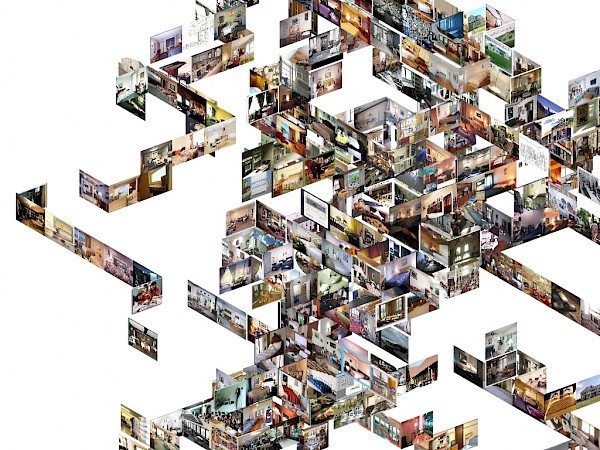Dance Party In Iraq emerges from a strange fad. In order to avoid boredom during the long-lasting occupation of Iraq and Afghanistan, soldiers film themselves dancing and then post their videos online. The installation Dance Party In Iraq is a systematic collection of these videos, presented in the form of a triptych. The montage condenses the ambivalent aspects of this phenomenon : violence, release, fraternization, eroticism, death, conjuration, nostalgia, escape, pop culture... It presents a disturbing vision of the conflict and its mediatization.
Dance Party in Iraq
Video installation

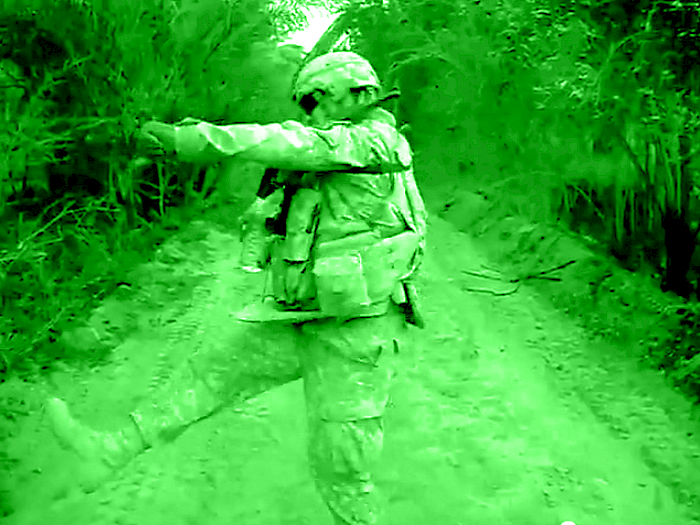

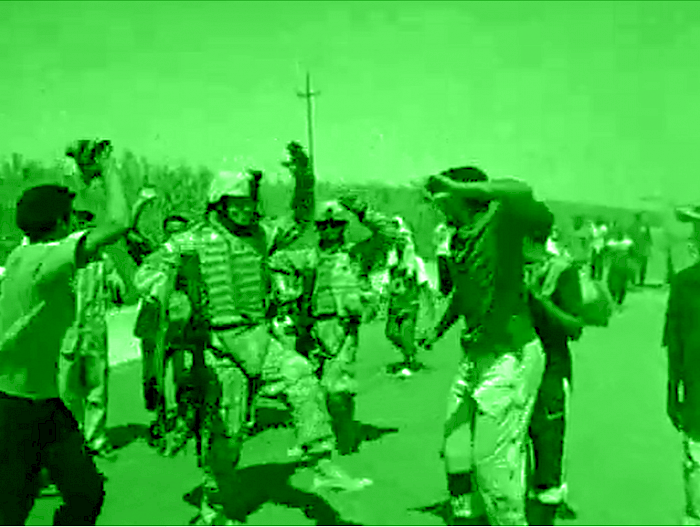
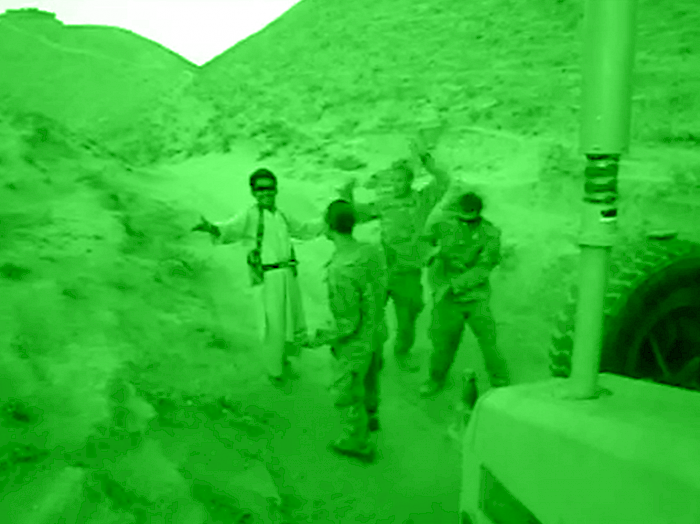

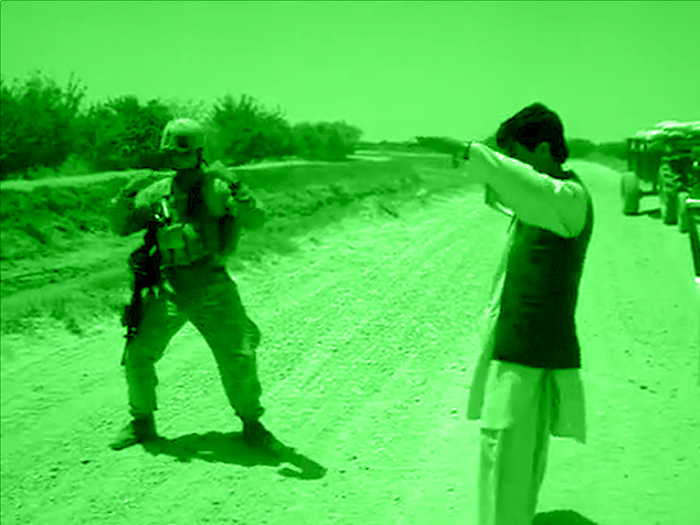
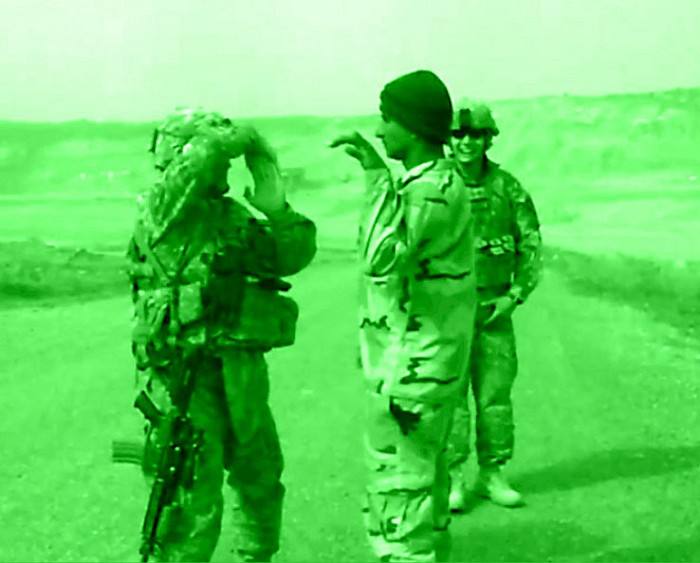

We have been regularly collecting all the videos we can find showing soldiers dancing on the battlefield, in Iraq or Afghanistan. At first, they were quite rare, but then the fashion took over. One video in particular, Dance Party in Iraq, was a great success, which inspired other amateur directors – mostly American Marines, sometimes British. They publish their videos on Facebook, or directly on YouTube. Usually, they were copied several times from one server to another before emerging publicly.
These are not the images of war that we are used to, those of reports or fiction films, nor those of heroic war, nor of the mechanical violence sung by Marinetti, nor Guernica – we are closer to Mash or Apocalypse Now. The titles of the films mainly reflect boredom : Bored in Afghanistan, Bored Marines, Bored Bored Marines, Bored as hell, Lonely Nights In Afghanistan, etc. Days are spent waiting. Soldiers seek to occupy the void of time and desert places, filling the space with frenetic dancing moves.
One can imagine the nostalgia for popular culture in these young dancers, disconnected from the territory in which they find themselves projected, disconnected from the history and culture in which they find themselves, stuck in immobile wars of usury, whose official images erase all traces of blood, violence. Above all, these videos show a total disjunction of the soldiers with the situation they are in or with what we imagine of their situation. The soldier who has been separated from his country for a long time seeks to find in music an extension of his home. Playing a popular hit to believe he is at home while being elsewhere, dancing to his own culture to reassure himself. Pop music as a home.
Some scenes are on the verge of obscene, even impossible, unreal : out of the territory of reason. What seems crazy is on the one hand the act of dancing in front of explosions, but also the act of filming and transmitting these acts. In these territories, the war seems to tip to the edge of madness. Ambiguous images, they also show feelings not usually associated with war : joy, fraternity with the enemy. They show human beings. Dancing is also a way of communicating : Americans dance with Afghan peasants or with Iraqi police officers, for example in American Soldier dancing with Iraqi troops funny. They engage in some kind of battles, similar to those you might see on the streets of big cities, with the difference that they dance with loaded machine guns. One wonders whether the US military might not be better suited to passing on its pop culture than to securing territories.
Diffusion
Exposition We also Dance, Krakow Museum of Photography, Krakow Photomonth Festival, 19 mai – 18 juin 2017
Exposition Dégât des eaux chez Shift / Paris, february 12, 19 and 26th 2015
Exposition Sortie de mon corps, SAVVY Contemporary, Richardstr. 20, Berlin, 8 mars - 12 avril 2014
Exposition Le corps manquant, Institut français d'Alger, 7, rue Hassani Issad, Alger, 5 - 26 juin 2014
Exposition Sortie de mon corps, Espace Khiasma, 15 rue Chassagnolle, Les Lilas, 11 octobre au 12 décembre 2013
Exposition Galerie, Vitrine, L'Unique, Caen, 23 janvier - 18 mars 2013.
Exposition Résurgences, performances et arts éphémères. Plateforme. Paris, juin 2012
Exposition Dance Party in Iraq, vitrine de la Maison du Peuple, rue Klock, Clichy-la-Garenne, 14 décembre 2012 au 10 février 2013
